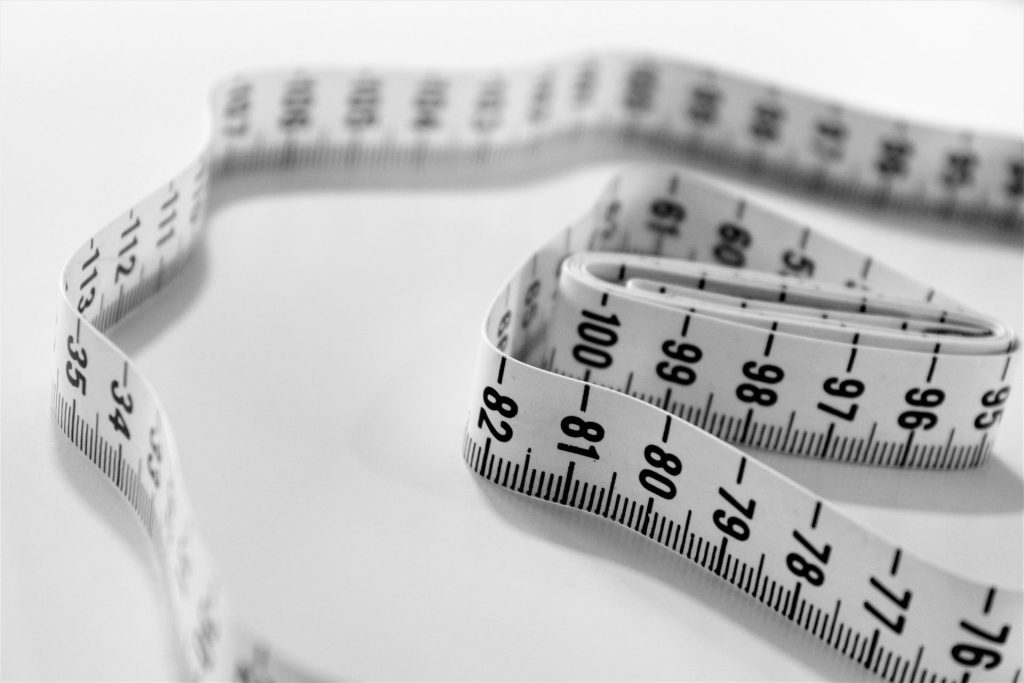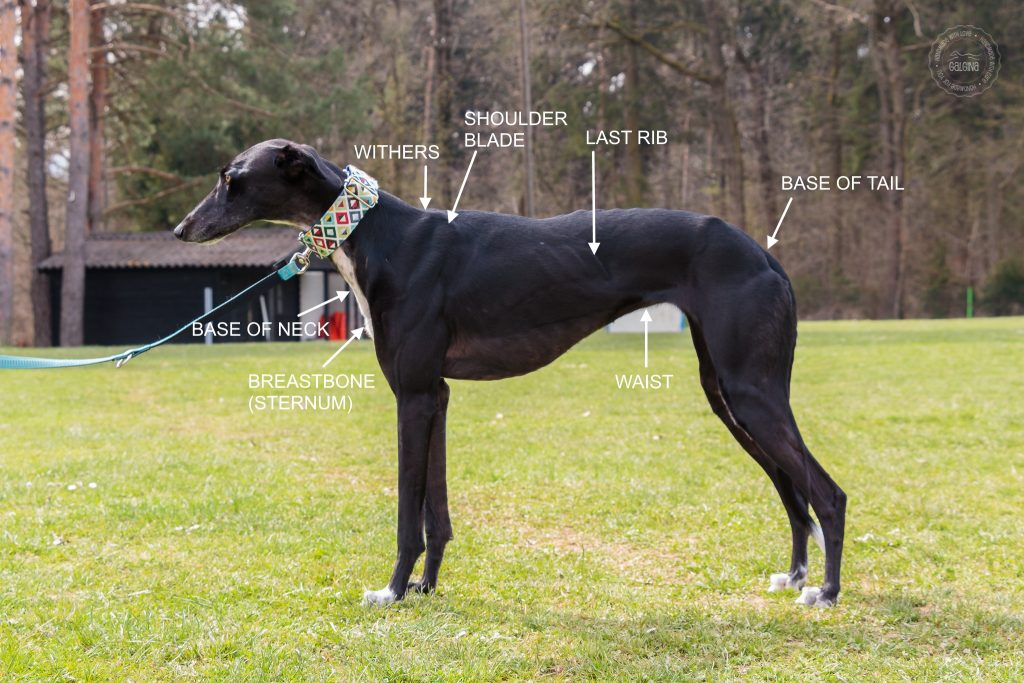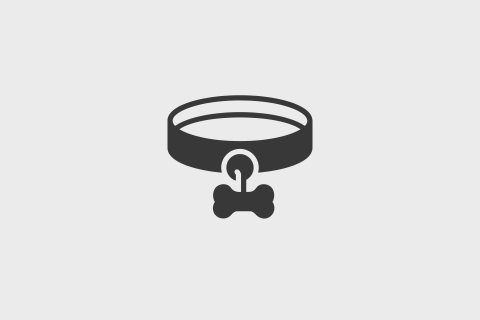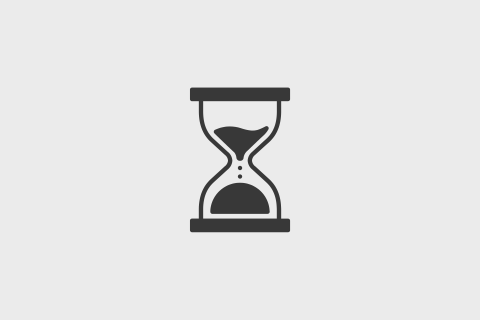Tips – how to measure your dog
To make our products the perfect fit so dogs and buyers are satisfied with the purchase, we need the exact measurements of your pet. If you are measuring for the first time and you are not quite sure how to tackle this task at all, here are some general tips that you might find helpful.
Get ready
- Take enough time.
- Be calm, relaxed, focused, and patient.
- “Arm” yourself with dog treats, paper, pen, sewing tape measure, or string.
- Check if your sewing tape measure is whole and starts with 0 or 1 cm.
- Present this situation to your dog in a positive way and through the game.
- Measure your dog in a safe, warm environment where he feels good and is relaxed.
- Before measuring, allow your dog to sniff and get to know the sewing tape (and other accessories).
- Before measuring gently pet your dog and show him where you are going to touch his body.
Make sure that
- You only measure your dog with a sewing tape measure. If you only have the retractable construction tape measure, rather use non-elastic string and measure the string with the measuring tape you have.
- Your dog is standing on a flat surface while taking measurements.
- Your dog is standing evenly on all four feet, his posture is upright and he is looking straight ahead while taking measurements.
- Your dog is standing still while taking measurements. If he is moving around or jumping ask someone to help you with this task.
- You don’t measure your dog while he’s sleeping, resting, eating, peeing, or pooping.
- You measure exactly where it is required (take a look at pictures and read the written instructions also).
- You measure your dog closely around his body, if he has a lot of fur, take that into an account also.
- Measure precisely.
- For ordering Galgina products, you measure your dog according to our instructions, not according to the instructions of other manufacturers.
- You write down all measurements.
- You always praise and reward your dog appropriately during and after taking measurements.
Oh these measurements
- To make sure that your measurements are accurate, measure your dog several times (at least three times) and compare measurements.
- Slight deviations in measurements are expected and are not important. When they vary by one or two centimeters take the average of all measurements.
- Measurements that vary 5 cm or even more (may sound silly, but even 20 cm mistakes are common) are not accurate or useful. The probability that the product will be the wrong size is huge.
Never ever
- Punish your dog for not behaving as you expected in this new situation he is not even used to.
- Measure your dog with metal, construction tape measure, plastic or wooden measure.
- Measure your dog’s products you have at home.
- Measure your dog over a collar, over a sweater, over a coat, or a harness.
- Measure your dog when he is cold or frightened, as the measurements will be incorrect due to the bent posture.
- Do not extend or shorten the measurements (“I will add or deduct just in case” thinking is wrong).
- Think measuring your dog is unpleasant, harmful, or painful for your dog, as this is not true. Your mood and the wrong approach (“poor, poor doggie”) can be easily reflected by the mood and behavior of your dog.
Note
- It’s hard to see if the given measurements are accurate over the mail. Dogs vary widely.
- When we suspect a measurement is wrong (one of the measurements stands out), we kindly ask you to re-measure it.
Whenever you find yourself in a blind alley and you need help just contact us via e-mail, we will help you as much as we can.







